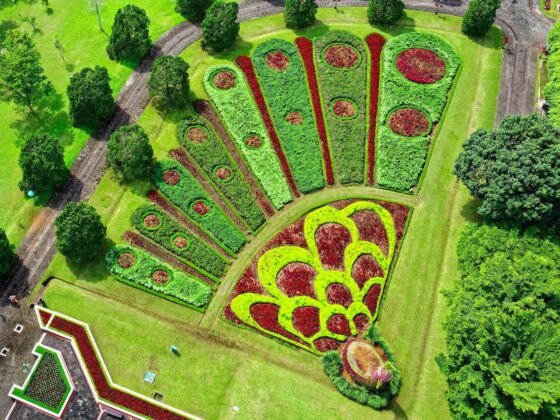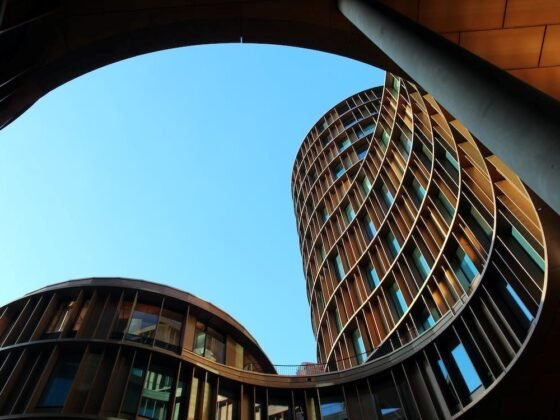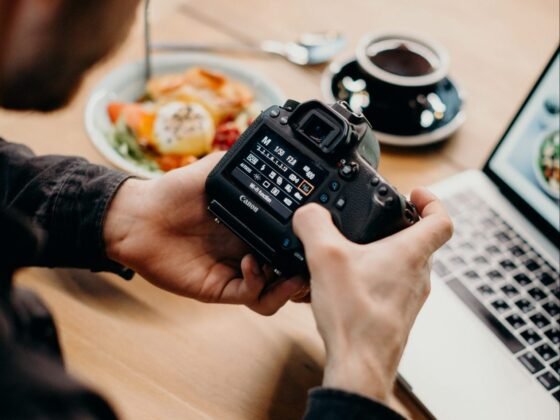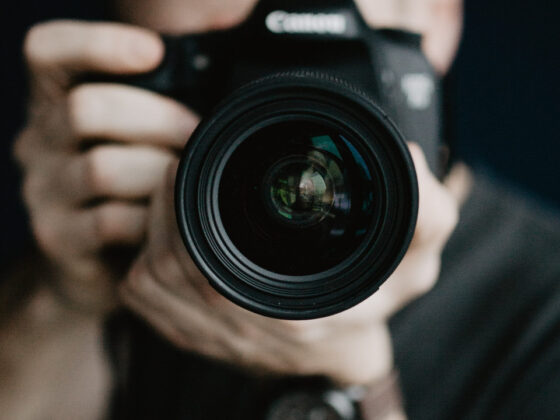Table of Contents Show
Photography is a versatile form of art. Some people do it for leisure while many take it as a profession. Although getting into photography sounds amazing, it requires years of patience and practice to perfect your art.
People spend years trying to find their style. Interior photography is an art that involves capturing different aspects of indoor spaces and highlighting your subject in a subtle yet impactful manner.

There are many things you can do during, after, and before shooting an interior space. This will go a long way in improving your chances of clicking stellar photos.
No matter how expensive gears you own, if you aren’t aware of the right tricks to click impeccable shots, there is no use in owning them.
It is essential to completely involve yourself in your space’s depth of field to churn out the best shots.
Especially when it comes to architectural photography, there are several elements that you can use to your advantage if you have the eye for it.
If you are a little confused about shooting indoors, here are a few tips that may help you get the best possible shots.
1. Make the Best Use of Natural Light
Harsh and artificial lights are never preferred when it comes to indoor photography. They create unnecessary shadows and rip off the white balance from your frame.
If you wish to showcase the objects in your frame in their raw form, natural lighting is the way to go. Artificial lights take away your objects’ true beauty and make them look unflattering.
It can be a little tricky to understand the perfect lighting condition for you, and you will have to experiment multiple times to get the shot you want.
2. Get the Tripod with You
Tripods will ensure that you attain the right level and there are no blurry images. They are one of the most affordable ways to get balanced and leveled shots without putting in too much effort.
Invest in a sturdy tripod with bubble levels. So, if you are looking to avoid a stack of blurred pictures at the end of the day, use a tripod.
Read Also:
3. Stage What You Want to Emote
Commercial interior design photography is mostly done to showcase something. If the subject you wish to show isn’t standing out, your whole effort goes into vain.
It is important to place the right elements in the right places so that the main subject can be enhanced and appreciated.
If you are showing the whole room, make sure that every element in the room is focused upon properly. Having some unnecessary stuff hiding behind will only make the shot messy and uninteresting.
4. Clean Up and Organize
No one will appreciate your shots if they see too many elements in your photos. If you are a beginner, clicking cleaner shots with less clutter should be your number one choice.
While it may be necessary to showcase clutter in a shot, you must know how and where to use it to capture appealing pictures.
As a photographer, it is your responsibility to figure what works best to yield the best possible shots.
5. Use an Editing Software
When it comes to pictures, you can add life to the scene by adding some vibrance. No matter what kind of photography you do, you should edit them using good editing software.
It is also recommended to click RAW pictures rather than JPEGs as they provide finer adjustment and have better recovery potential.
Even if you take a photo that’s not as good as you thought it would, an editing tool can help you make it more presentable.
Photography is no rocket science, and there is no one pattern that you can follow to learn it. When it comes to art, it is important to let your creative juices flow and derive the best out of your abilities.
Take your time to set up your shots and make sure that your client participates in each setup. In interior photographs, you should show details and vignettes as they help to create the narrative of space and tell a story.
There is no perfection in photography, and each photo tells a different story. The best way to churn out great results is to let your mind wander and experiment with every possible thing in the frame.
Interior design photography clients look for photos that speak of warmth and luxury. They want to be involved in the entire process with you.









